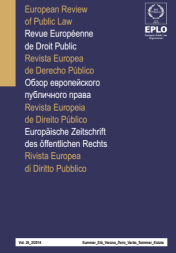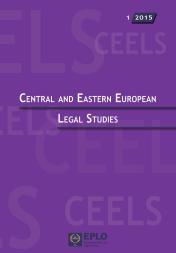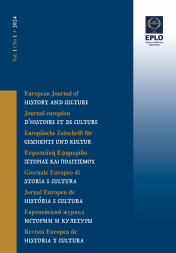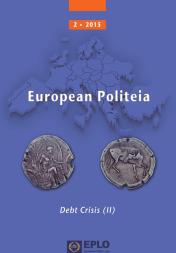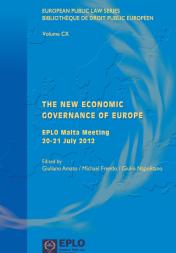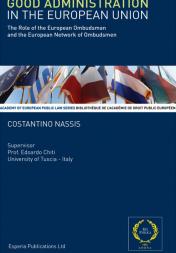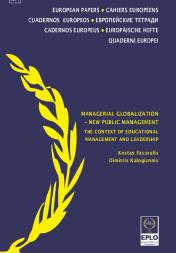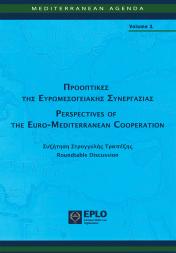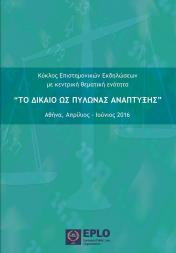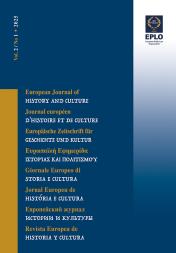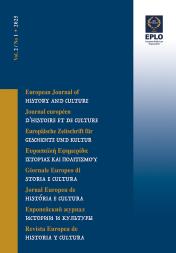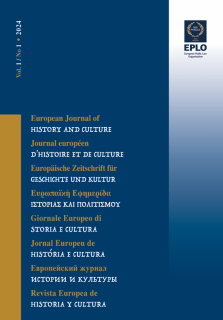
Objects and their Stories in Early Modern Europe: Anezina’s Tangible and Intangible Heritage (1647)
Tatiana Markaki
Assistant Professor Cultural Heritage and Language, Program Director Modern Greek Studies, Department of Modern Greek language and culture, Faculty of Humanities, University of Amsterdam (UvA)
This article seeks to illuminate the tangible and intangible cultural heritage of women who lived in the Venetian colonies of the eastern Mediterranean in the first half of the 17th century, based on probate inventories detailing the material world in which they lived. The objective of this article is to unveil aspects of women’s history through the objects they used in their daily lives, with a specific focus on the case of Anezina, a cittadina (i.e., a woman belonging to the middling social stratum) in the Venetian city of Candia (modern Heraklion) in Crete. The diplomatic edition of her probate inventory, drawn up by a notary in 1647 and preserved in the State Archives of Venice, provides a unique insight into Anezina’s life story by presenting and contextualizing 535 objects recorded in her household: clothing items, bed linen, table utensils, secular and religious paintings, furniture, decorative interior elements, and goods related to professional activities. These objects are brought to light as a cultural unit for the first time, clarifying how they functioned as active agents by revealing social interactions, shared cultures and distinctive identities. Consequently, the article delves into hidden aspects of early modern European material culture and aims to de-marginalize women’s daily life in urban spaces of the eastern Mediterranean, offering a “different” narrative of the particular spacetime.
Keywords: Women’s history; Venetian Crete; material culture; probate inventories; diplomatic edition; tangible cultural heritage; intangible cultural heritage




